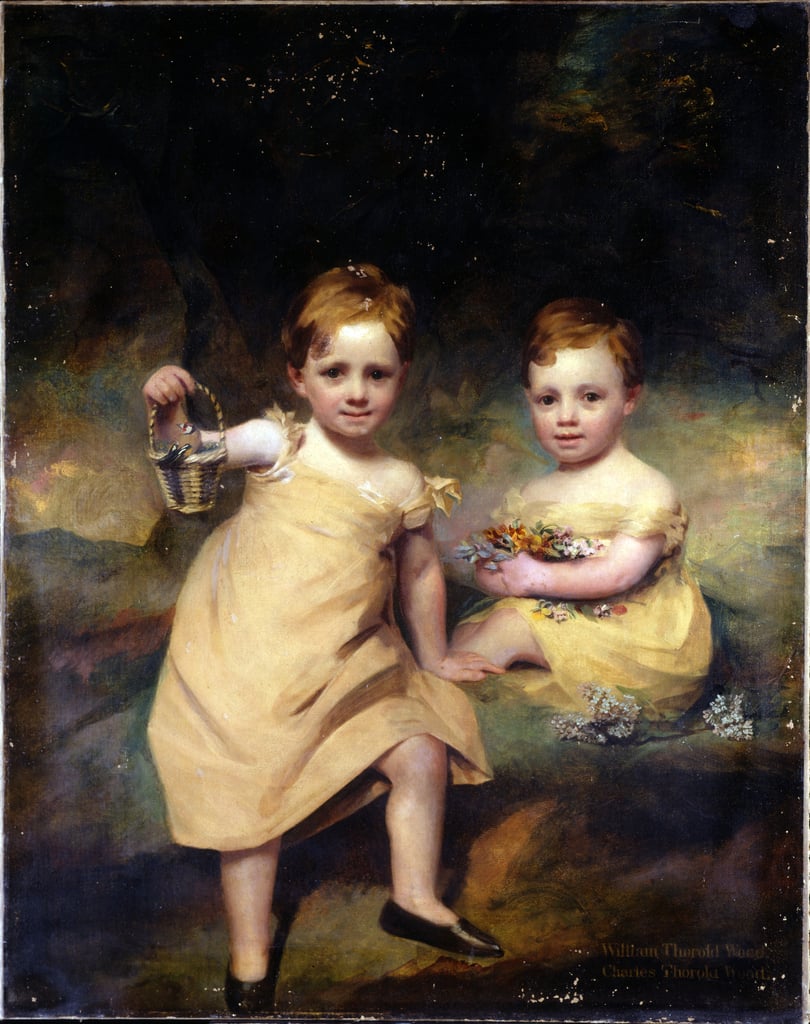Charles Thorold Wood on:
[Wikipedia]
[Google]
[Amazon]
 Charles Thorold Wood, senior (15 January 1777 – 13 March 1852) was an
Charles Thorold Wood, senior (15 January 1777 – 13 March 1852) was an
 Wood became a captain in the
Wood became a captain in the
 Charles Thorold Wood, senior (15 January 1777 – 13 March 1852) was an
Charles Thorold Wood, senior (15 January 1777 – 13 March 1852) was an English
English usually refers to:
* English language
* English people
English may also refer to:
Peoples, culture, and language
* ''English'', an adjective for something of, from, or related to England
** English national ide ...
army officer and country gentleman whose sons Charles Thorold Wood, junior (1817–1849) and Neville Wood (1818–25 March 1886) were ornithologists
__NOTOC__
This is a list of ornithologists who have articles, in alphabetical order by surname. See also :Ornithologists.
A
* John Abbot – US
* Clinton Gilbert Abbott – US
* William Louis Abbott – US
* Joseph H. Acklen – US
*Humayun Ab ...
. Several accounts have confounded him with his namesake son who wrote ''The Ornithological Guide'' (1835). Charles junior also wrote under the initials S.D.W. Neville wrote two books including ''British Song Birds'' (1836) which was dedicated to Edward Blyth
Edward Blyth (23 December 1810 – 27 December 1873) was an English zoologist who worked for most of his life in India as a curator of zoology at the museum of the Asiatic Society of India in Calcutta.
Blyth was born in London in 1810. In 1841 ...
, and ''The ornithologists' text-book'' (1836) dedicated to John Latham.
Life
Wood was born the eldest of the 9 children of Willoughby Wood, ofAlford, Lincolnshire
Alford (pronounced ) is a town in the East Lindsey district of Lincolnshire, England, at the foot of the Lincolnshire Wolds, which form an Area of Outstanding Natural Beauty. The population was recorded as 3,459 in the 2011 Census and estimat ...
, Gentleman of the Privy Chamber
A privy chamber was the private apartment of a royal residence in England.
The Gentlemen of the Privy Chamber were noble-born servants to the Crown who would wait and attend on the King in private, as well as during various court activities, f ...
and his wife, Elizabeth Thorold. Charles matriculated at Merton College, Oxford
Merton College (in full: The House or College of Scholars of Merton in the University of Oxford) is one of the Colleges of Oxford University, constituent colleges of the University of Oxford in England. Its foundation can be traced back to the ...
on 26 October 1795.
 Wood became a captain in the
Wood became a captain in the Royal Regiment of Horse Guards
The Royal Regiment of Horse Guards (The Blues) (RHG) was a cavalry regiment of the British Army, part of the Household Cavalry.
Raised in August 1650 at Newcastle upon Tyne and County Durham by Sir Arthur Haselrigge on the orders of Oliver Cro ...
(blue). He married Jane, daughter of Sir John Thorold, 9th Baronet
Sir John Thorold, 9th Baronet (1734–1815) was a British book collector and politician who sat in the House of Commons from 1779 to 1796.
Early life
Thorold was the eldest son of Sir John Thorold, 8th Baronet and his wife Elizabeth Ayton, daugh ...
, in 1812 and lived in Thoresby, Lincolnshire. They had five sons, Willoughby, William, Charles junior, Neville and Arthur, four of whom were painted as children by Sir Henry Raeburn
Sir Henry Raeburn (; 4 March 1756 – 8 July 1823) was a Scottish portrait painter. He served as Portrait Painter to King George IV in Scotland.
Biography
Raeburn was born the son of a manufacturer in Stockbridge, on the Water of Leith: a fo ...
, and three daughters. The family is said to have been utopian socialists with academic interests. Wood hired tutors for his children who included Edwin Lankester
Edwin Lankester FRS, FRMS, MRCS (23 April 1814 – 30 October 1874) was an English surgeon and naturalist who made a major contribution to the control of cholera in London: he was the first public analyst in England.
Life
Edwin Lankester ...
(1814-1874) and James Chiosso. In 1836 the family made a dramatic escape from a serious fire when they were living at Foston Hall in Derbyshire and moved to Sudbury Hall and later Campsall Hall north of Doncaster. Their sons Charles junior and Neville were both amateurs ornithologists. Charles wrote ''The Ornithological Guide'' (1835) at the age of eighteen and his brother Neville wrote ''British Song Birds'' (1836) the next year. Neville studied medicine and qualified MD and FRCP from Edinburgh. Willoughby (1814–1875) and Charles junior also had an interest in phrenology which was then a craze. Charles' ''Ornithological Guide'' dealt with standardizing the names of English birds. A basic idea that he promoted was that the name of a bird in English need to be parallel to the genus in the binomial. Charles junior also wrote under the initials S.D.W., describing the genus ''Dumetella
The gray catbird (''Dumetella carolinensis''), also spelled grey catbird, is a medium-sized North American and Central American perching bird of the mimid family. It is the only member of the "catbird" genus ''Dumetella''. Like the black catbird ...
'' in 1837. Neville's book made use of ideas from phrenology in the descriptions of birds. Neville published another book reviewing several contemporary works on birds along with his own commentaries. Reviews of Neville's books were not very positive, except for one published in ''The naturalist'', a periodical in which Neville was an editor. Among the more severe critics was James Rennie, whom Neville called as a “Bare-faced Crow (''Corvus nudirostris'') of King's College”.
References
External links
* ''The Ornithological Guide'' (1835) * ''British Song Birds'' (1836) * ''The ornithologist's text-book : being reviews of ornithological works'' (1836) {{DEFAULTSORT:Wood, Charles Thorold 1777 births 1852 deaths People from Lincolnshire Alumni of Merton College, Oxford English ornithologists Royal Horse Guards officers